The natural world is full of mesmerizing color displays, and few are as enchanting as the chameleon-like transformations of anthocyanins. These water-soluble pigments, found abundantly in fruits, vegetables, and flowers, possess an almost magical ability to shift hues depending on their chemical environment. From the deep purples of blueberries to the vibrant reds of roses, anthocyanins don’t just paint nature’s canvas—they react to it, offering a living lesson in chemistry that unfolds before our eyes.
At the heart of this chromatic wonder lies a simple yet profound scientific principle: pH sensitivity. Anthocyanins belong to a class of compounds known as flavonoids, and their molecular structure contains regions that readily donate or accept protons. When the acidity or alkalinity of their surroundings changes, so too does their electron arrangement. This shift alters how they absorb and reflect light, resulting in visible color changes that range from scarlet reds in acidic conditions to serene blues in alkaline environments. It’s a delicate dance between chemistry and light, one that has fascinated botanists and chemists alike for centuries.
The pH spectrum of anthocyanins reads like an artist’s palette. In highly acidic solutions (pH below 3), these pigments glow with intense reds—think of the crimson of strawberries or the ruby tones of young red wines. As pH rises toward neutrality, the color softens to subtle purples and violets, reminiscent of eggplants or pansies. Venture into alkaline territory (pH above 7), and the pigments adopt aquatic blues and greens, though this range is less common in nature due to cellular pH regulation in plants. Some flowers, like morning glories, exploit this phenomenon deliberately, using slight pH variations in their petals to create mesmerizing color gradients that guide pollinators.
What makes anthocyanins particularly remarkable is their responsiveness to minute pH changes. Unlike synthetic dyes that require dramatic chemical shifts to alter color, these natural pigments can transform with almost imperceptible adjustments. A difference of just 0.5 pH units might turn a solution from pink to violet—a sensitivity so precise that anthocyanin-rich extracts have historically been used as rudimentary pH indicators in laboratories. This trait also explains why some foods, like red cabbage, exhibit such dramatic color changes during cooking; heat alters cell structure and pH, allowing the pigments to reveal their full chromatic range.
The biological purpose behind this color-changing ability goes far beyond aesthetic appeal. For plants, anthocyanins serve as multifaceted tools for survival. Their colors attract specific pollinators while warding off harmful insects. In leaves, they act as sunscreen, protecting chlorophyll from excessive light. Some studies suggest they may even function as antioxidants, neutralizing free radicals during plant stress. The pH responsiveness adds another layer: as cellular conditions change due to factors like nutrient availability or disease, color shifts could provide visual cues about the plant’s health—a theory that’s inspiring new agricultural monitoring techniques.
Modern science continues to uncover surprising applications for these versatile pigments. Food industries harness their pH sensitivity to create natural colorants that change hue when incorporated into products, offering visual freshness indicators. Textile researchers are developing "smart fabrics" dyed with anthocyanin extracts that shift color in response to environmental changes. Perhaps most intriguingly, medical researchers are exploring their potential as biocompatible sensors—imagine a wound dressing that changes color if infection alters tissue pH, or ingestible capsules that monitor stomach acidity without electronics.
Yet for all our technological advances, nature perfected this system eons ago. The next time you admire a hydrangea’s blooms (whose colors can be manipulated through soil pH), or notice your blueberry jam turning reddish when stirred into yogurt, you’re witnessing ancient biochemistry at work. Anthocyanins remind us that some of the most sophisticated science doesn’t happen in laboratories—it grows in gardens, ripens on vines, and has been evolving its brilliant palette since long before humans walked the earth.
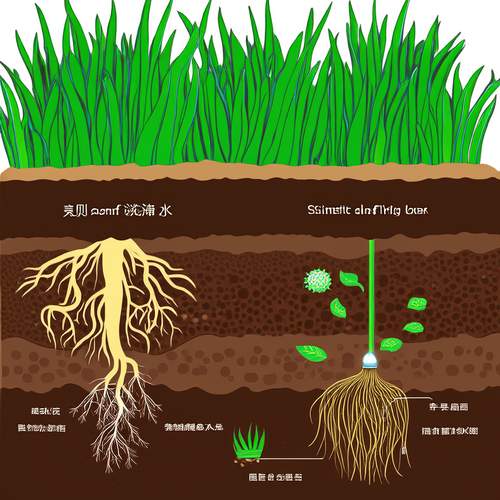
By /May 21, 2025
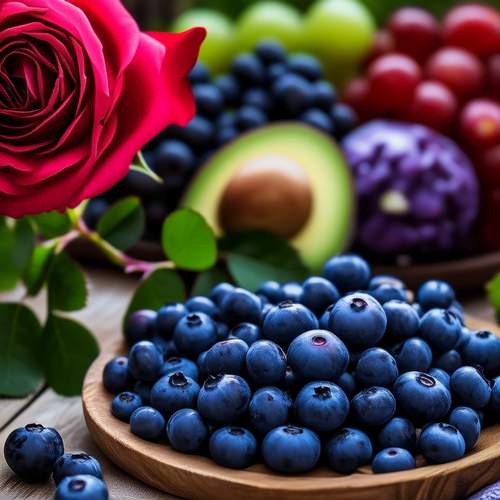
By /May 21, 2025
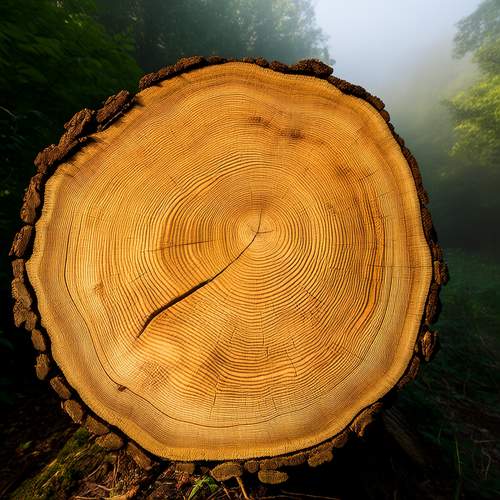
By /May 21, 2025
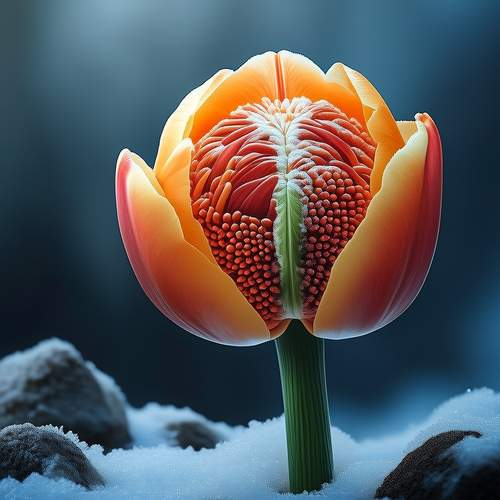
By /May 21, 2025
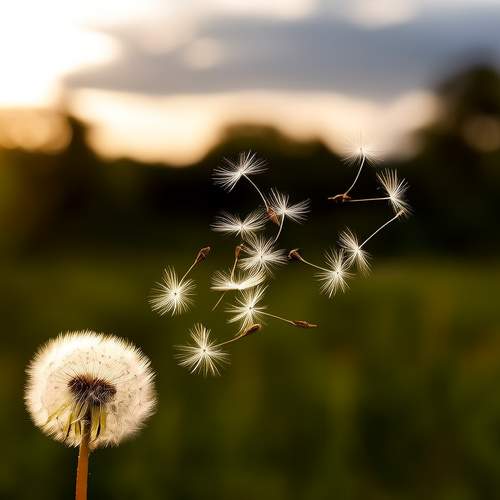
By /May 21, 2025
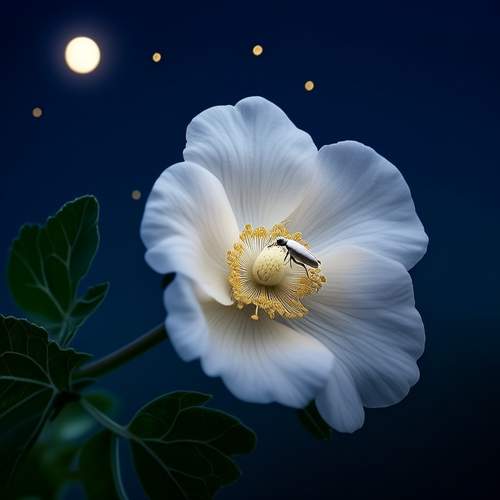
By /May 21, 2025
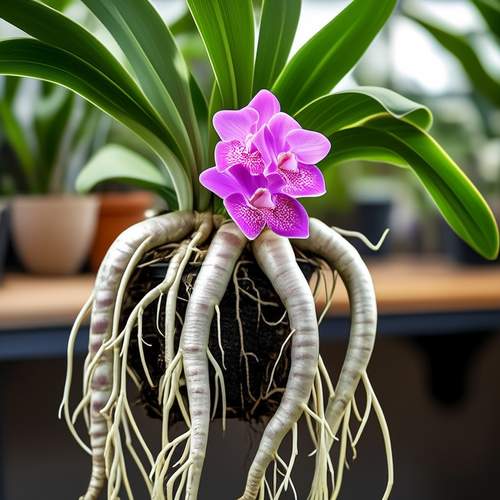
By /May 21, 2025
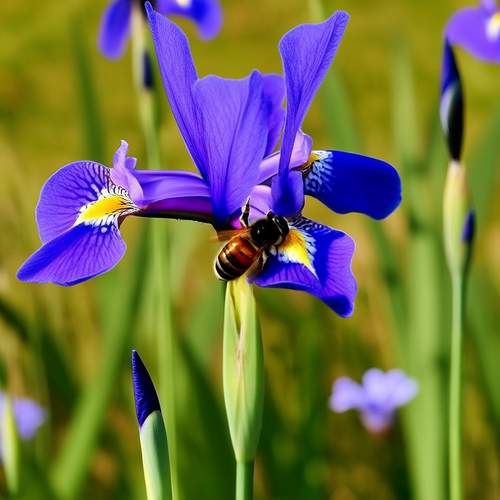
By /May 21, 2025
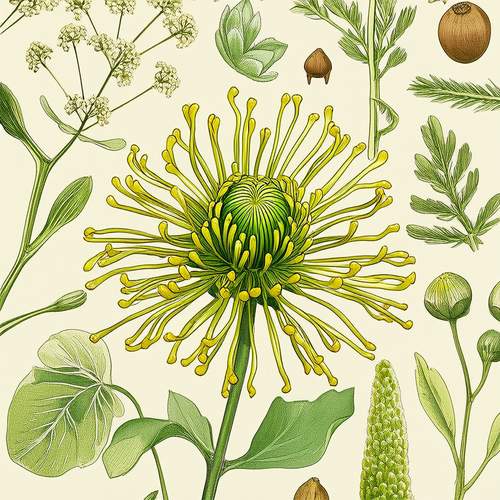
By /May 21, 2025

By /May 21, 2025

By /May 21, 2025
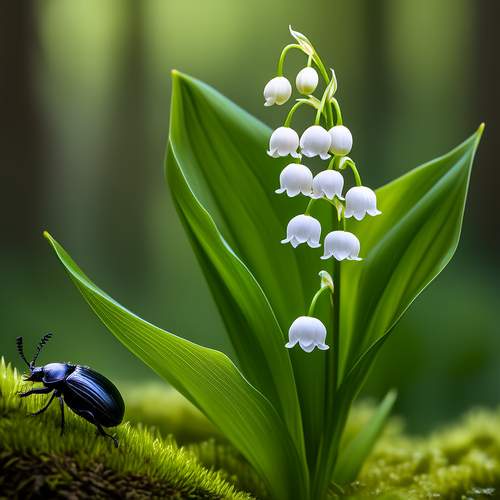
By /May 21, 2025
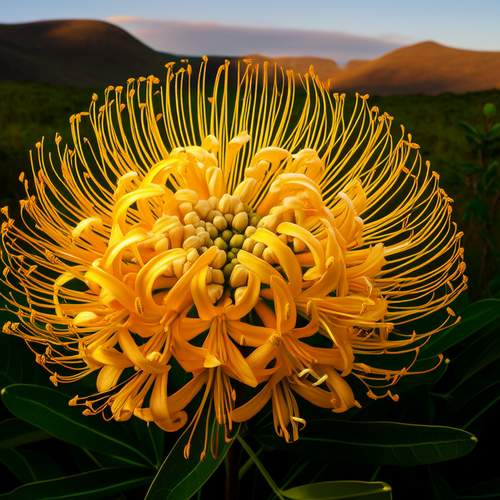
By /May 21, 2025
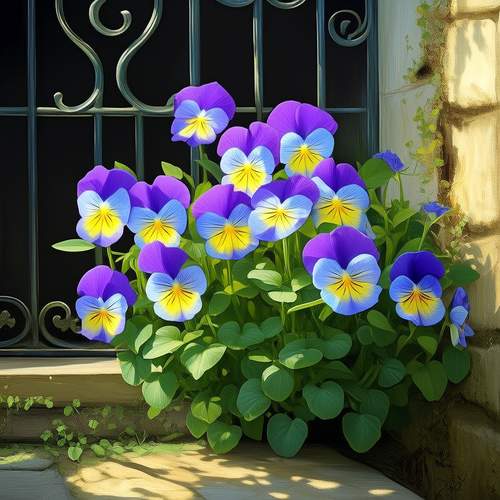
By /May 21, 2025

By /May 21, 2025

By /May 21, 2025

By /May 21, 2025

By /May 21, 2025

By /May 21, 2025
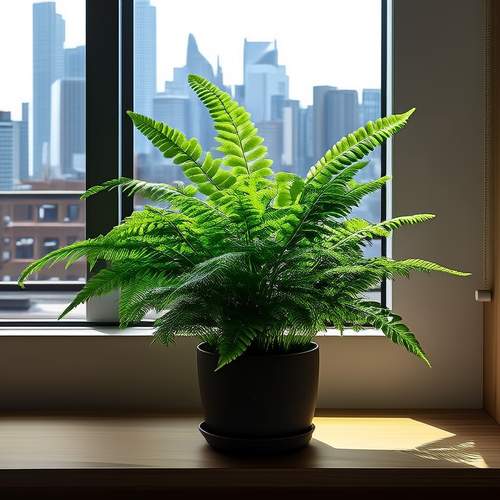
By /May 21, 2025